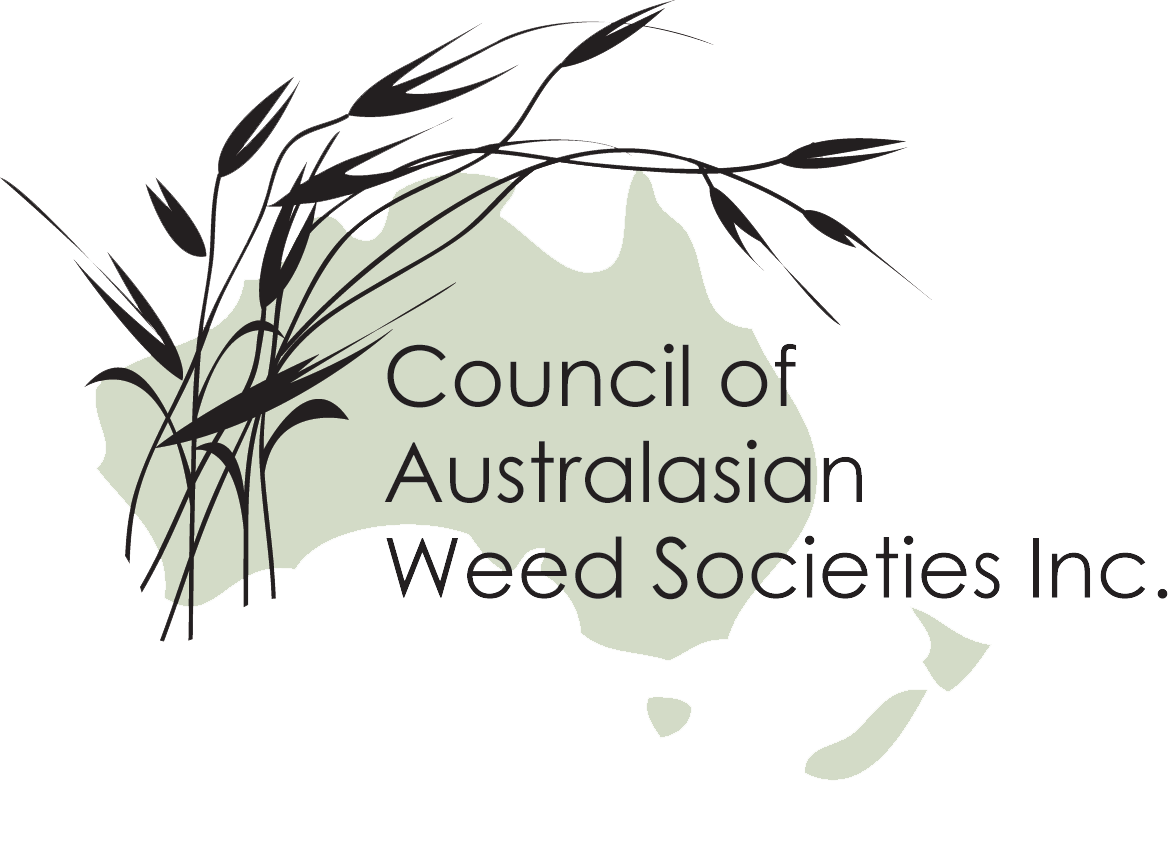
A weed can be defined as any plant that is growing where it is not wanted. More specifically, weeds can be defined as wild plants that cause negative economic, environmental and/or social impacts. Mostly weeds have come from overseas, as contaminants or have escaped from cultivation in gardens, agriculture or forestry. However, even some native plants can become pests requiring control.
Weeds have invaded the lands and waters of rural, natural and urban areas, reducing productivity, biodiversity and our quality of life. Many have co-evolved with our systems of land use, and the methods we have invented for their management have been major contributions to modern agriculture. These methods released many of us from the burden of weed control and allowed us to pursue more creative and pleasurable activities. Yet, weeds continue to cost the Australasian economies billions of dollars per year and are major causes of the biological degradation of our land.
Because of their regenerative strategies, adaptabilities to change, and large number of species, weeds will continue to co-evolve with changes we make in our systems of land use. They will win this struggle for land use if we fail to invent new systems for their management which are effective and environmentally safe. This makes weeds a fascinating challenge for those who study their biology and seek methods for their management.
Those of us who accept the challenge need to work at the moving frontiers of science and technology across a wide range of disciplines but with practical goals in mind.
